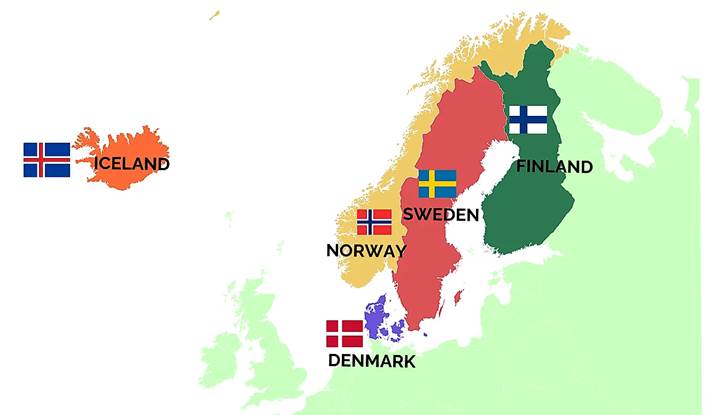Free Courses Sale ends Soon, Get It Now


Free Courses Sale ends Soon, Get It Now



Copyright infringement not intended
In News
The SD has taken a harsh position against immigrants by promising to make it extremely difficult for asylum seekers to enter the country.
Nordic Model
Related News
Key findings of the report
https://epaper.thehindu.com/Home/ShareArticle?OrgId=GRPAA1JN7.1&imageview=0
https://t.me/+hJqMV1O0se03Njk9
© 2024 iasgyan. All right reserved